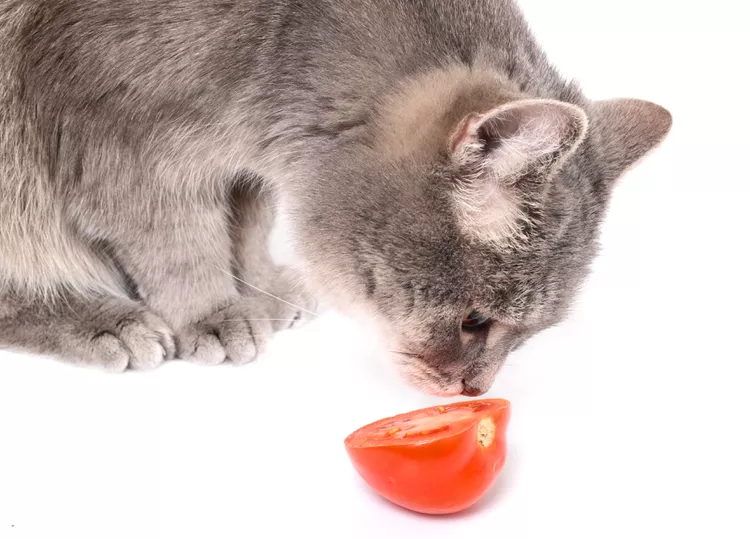
They say “curiosity killed the cat” because cats tend to want to check out everything in their environment, and sometimes cats do not know to avoid things that might harm them. If you are eating something, chances are your cat would like for you to share. As a practicing veterinarian, I am often asked about what human foods are safe to share with our cats, including if cats can eat tomatoes.
Cats are truly meat-eaters. In contrast with humans and dogs, cats are obligate carnivores. This means that at least 70 percent of their diet must be meat. Though cats will eat fruits, veggies, and grains, they do not require them. A cat cannot be a vegetarian or vegan.
Many owners wonder if they can or should feed “human” food to their cats. In general, a cat should derive all of their calories from high-quality, balanced cat food. However, giving a cat a treat can help strengthen the human-animal bond and may be used in training. Commercial cat treats may be offered, but small nibbles of food typically intended for humans may be used as well—as long as you know they are non-toxic to cats.
If tomatoes are on your menu, you may find that your cat is not interested, as most cats do not prefer this ruby-red fruit. But what if your cat does want to eat your tomato?
Tomatoes are a healthy fruit for humans, full of antioxidants and vitamins. Tomatoes are a great source of vitamins A, C, K, potassium, fiber, and lycopene, a compound found in high levels in tomatoes, that has been shown to have many health benefits for people.
With all of that being said about the health benefits of tomatoes for humans, it is a mistake to assume these properties hold true for cats eating tomatoes. Cats’ gastrointestinal systems are not designed to digest tomatoes, and if eaten in larger quantities, they may cause stomach pain, vomiting, or diarrhea.
It is important to note that green tomatoes that are not fully ripened, as well as their stems and leaves, pose a bigger danger to your cat. Unripened tomatoes and all parts of the tomato plant stem and leaves are toxic to cats. The toxic compound in these green parts of the plant is called solanine, and it is toxic to cats and many other animals. If a cat eats a tomato that is not ripened or the leaves or stems of a tomato plant, it may experience gastrointestinal distress, lethargy, a dangerously slow heart rate (bradycardia), and severe vomiting. Green tomatoes that have been cooked thoroughly are safer as they do not contain active solanine, however, they can still cause an upset stomach if eaten in large quantities.
If you have a cat that has a taste for tomatoes, you may safely feed them tiny amounts of the ripened flesh of the fruit from time to time. It is recommended that you limit the amount of tomato flesh eaten to just one or two bites, however. If larger quantities of the fruit are consumed by your cat, watch them carefully for any signs of gastrointestinal distress such as vomiting, stomach pain, or diarrhea. If any ill effects are seen, contact your veterinarian immediately.
In the case of sharing tomatoes with your cat, a few small nibbles of the ripened flesh of a tomato is likely not a cause for concern. However, not fully ripe tomatoes, stems, and leaves should definitely be avoided. If your cat eats any of the above, please contact your veterinarian right away.
Because cats are true carnivores and require that at least 70 percent of their diet be made up of meat, it is critical to ensure that they are being fed a meat-based diet. Treats should be kept to a minimum—no more than 10 percent of their total daily calories. If too many snacks or treats are given, the cat may become too full to then be able to ingest an adequate amount of its regular diet. This may lead to nutritional deficiencies and serious illness.
As always, if you have any questions or concerns about your pet’s health or what to feed your cat, you should always reach out to your veterinarian.
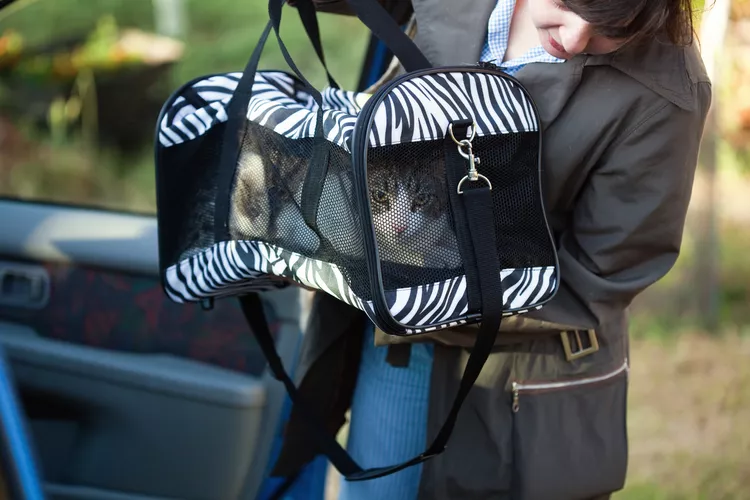
How to Take a Car Trip With Your Cat
Think you can't travel with your cat? Think again! Traveling with your cat just takes a little preparation and planning. Here's how.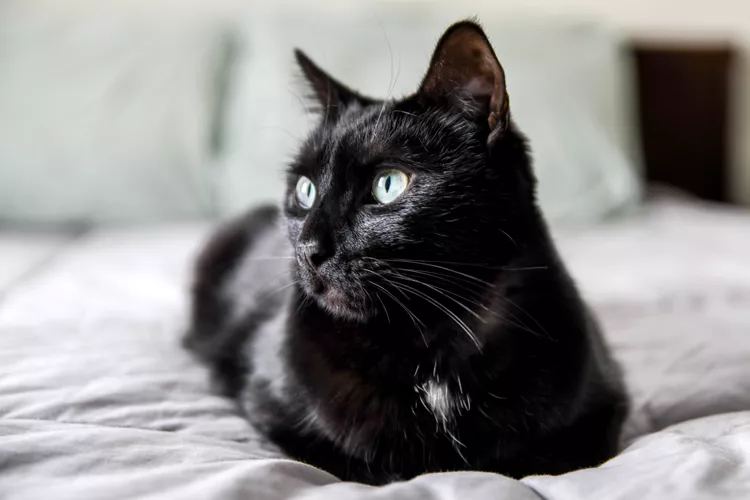
How to Determine Your Cat's Age
Determining the age of an adopted cat is just guesswork, but a vet can look at teeth, sexual maturity, fur coat, and eyes to estimate.
Cat Food Ingredients to Avoid
When checking the nutrition content of cat food, look for ingredients that are not healthy or show it is of poor quality. Avoid these 3 ingredients.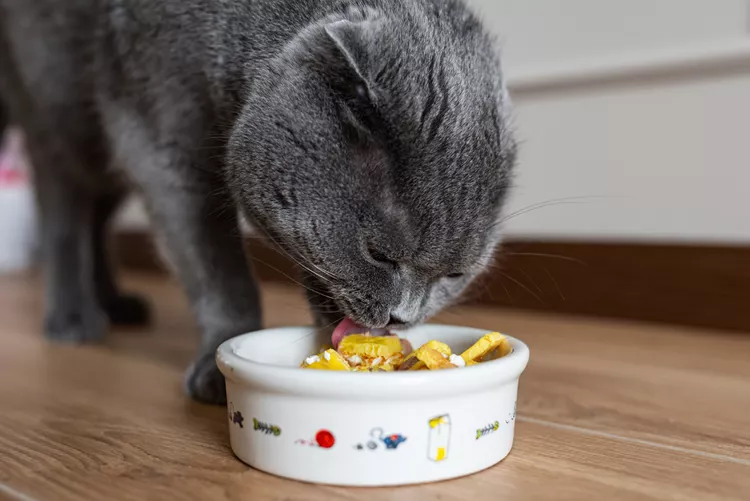
What You Need to Know About Homemade Cat Food
If you want to cook for your cat, make sure to read about the risks associated with homemade diets for cats
Can Dogs Eat Raw Chicken Feet?
What are the potential health benefits of chicken feet for dogs? What are the risks?
Macadamia Nuts and other Nuts That Are Toxic to Dogs
Find out why macadamia and other nuts are poisonous to dogs, what signs to look for, and what is needed to treat the toxicity.
10 Tips for Taking Care of a Senior Dog
Is your dog a senior? Changes to their diet, exercise, and care are required. Here's how to make sure they're living their best and healthiest life.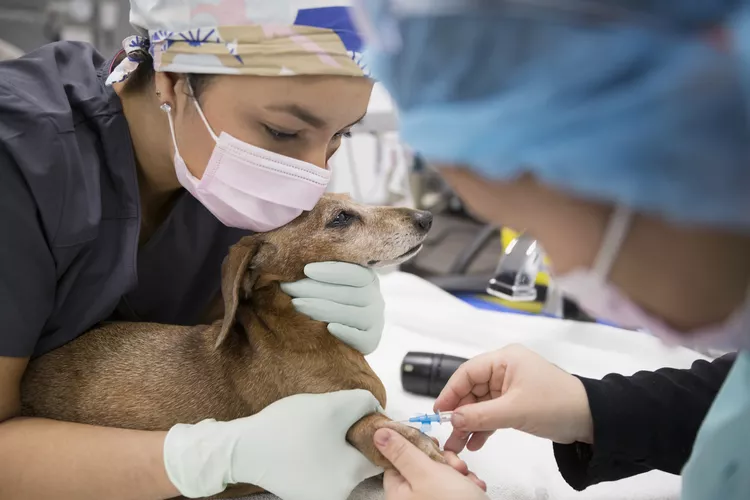
Hookworms in Dogs
Hookworms can make a dog uncomfortable but may also lead to serious blood loss and anemia. Learn the causes, treatment, and prevention.
Is Swiffer WetJet Safe to Use Around My Pet?
ASPCA toxicologists deemed Swiffer WetJet to be safe for use around pets, but there are other all-natural floor cleaning options available.
Can Dogs Eat Bread?
Is bread a safe snack for you dog? Are there kinds of bread you should avoid? Learn more about whether it's okay to feed your dog bread.
14 Hypoallergenic Cat Breeds for People With Allergies
There are no true hypoallergenic cat breeds. But some, such as the Siamese and Siberian, might be less likely to cause allergies than others.
Burmilla: Cat Breed Profile, Characteristics & Care
The playful and social burmilla is one of the newest cat breeds to be officially recognized by the CFA. Learn about burmilla breed.
Nebelung: Cat Breed Profile, Characteristics & Care
The Nebelung is a rare breed of domestic cat that’s known for their long gray-blue fur and gorgeous green eyes. Learn about the Nebelung cat breed.
Cymric: Cat Breed Profile, Characteristics & Care
The Cymric, a long-haired Manx, is one of the world's oldest cat breeds. This tailless cat is friendly and playful. Learn about the Cymric breed.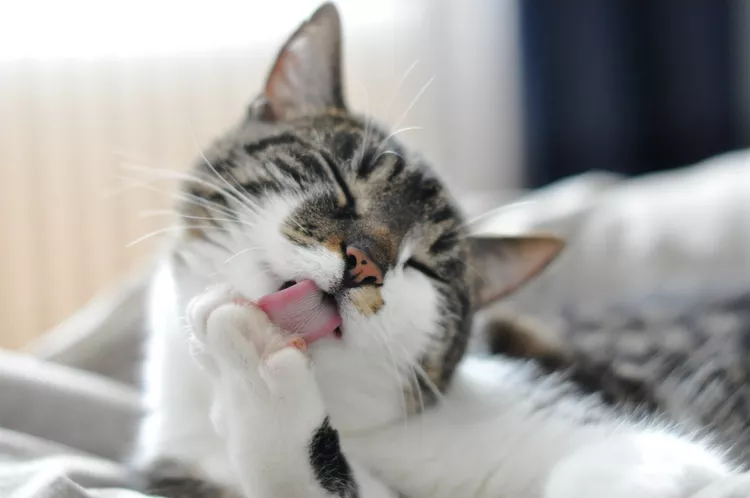
Here's Why Cats Groom Themselves
Learn all about cats' grooming habits: how and why cats groom, including mutual grooming, over-grooming, and displacement grooming!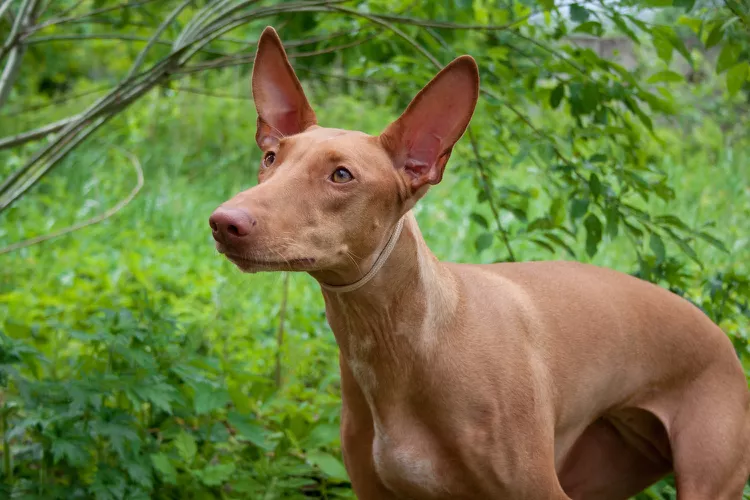
Pharaoh Hound: Dog Breed Characteristics & Care
Learn all about the Pharaoh hound, a sight hound dog breed known for their slim appearance and the ability to blush when excited.
How to Walk Your Dog
Dog walks should be fun for your dog while respecting your community. Learn why walking your dog is important and get essential safety and training tips.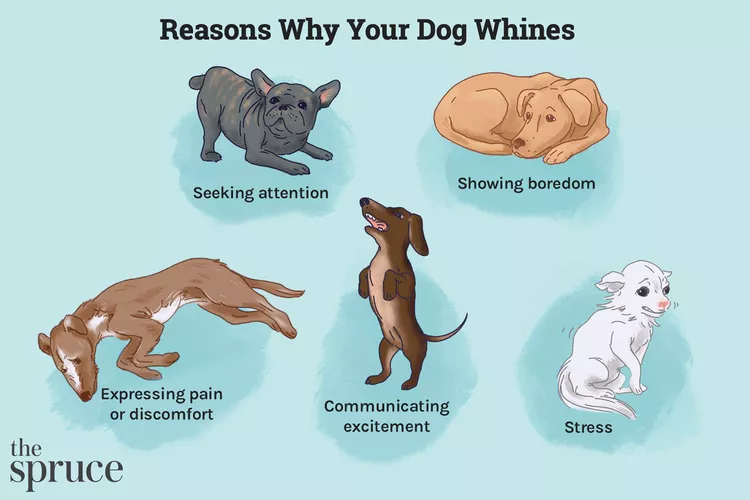
How to Stop Your Dog From Whining
Whining is a natural way for your dog to communicate with you. Explore the reasons dogs whine and how to discourage your dog from whining too much.
How to Stop Your Dog From Barking Excessively
All dogs bark, but excessive barking is a behavior problem. Learn how to help stop excessive barking and prevent it from happening all the time.
How to Train Your Dog to Live With Another Dog
When you add a second dog to your household, it's natural that there will be an adjustment period. Learn how to get two dogs to become acquainted.